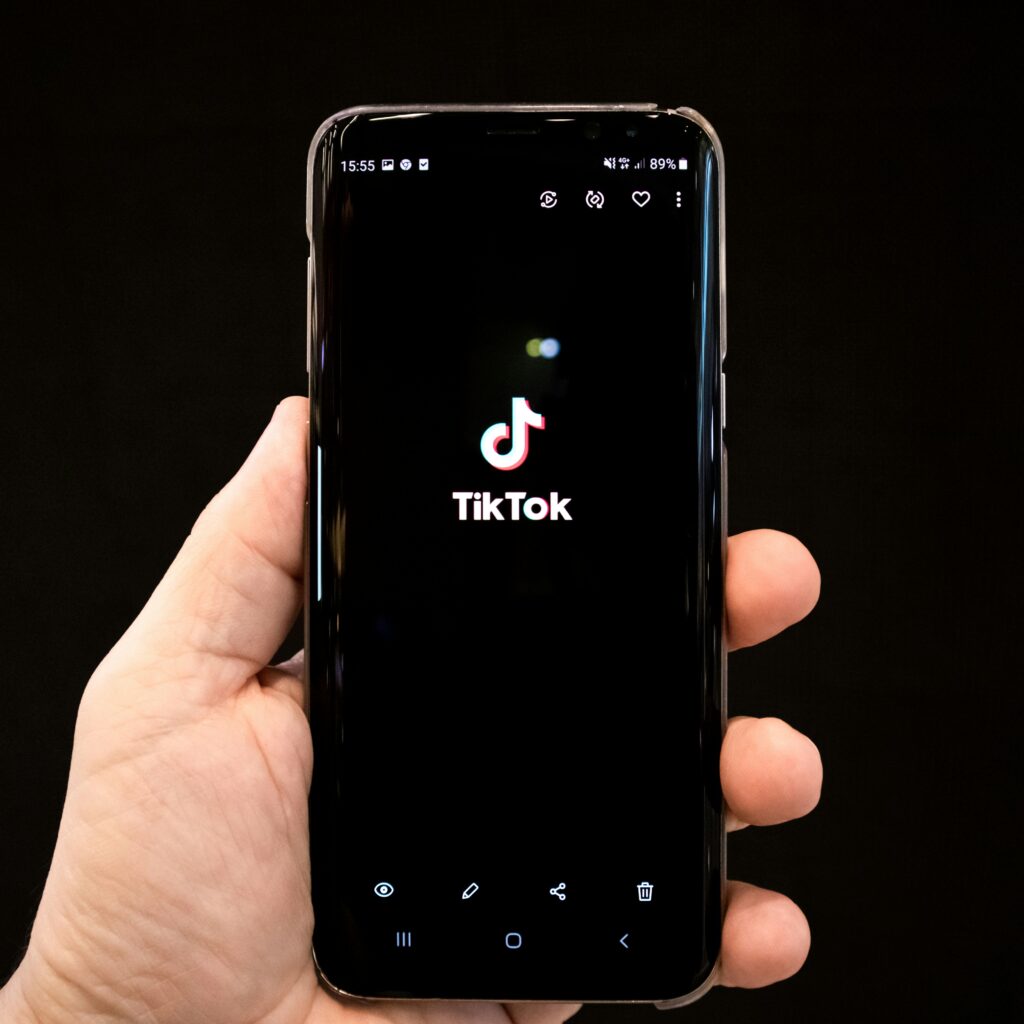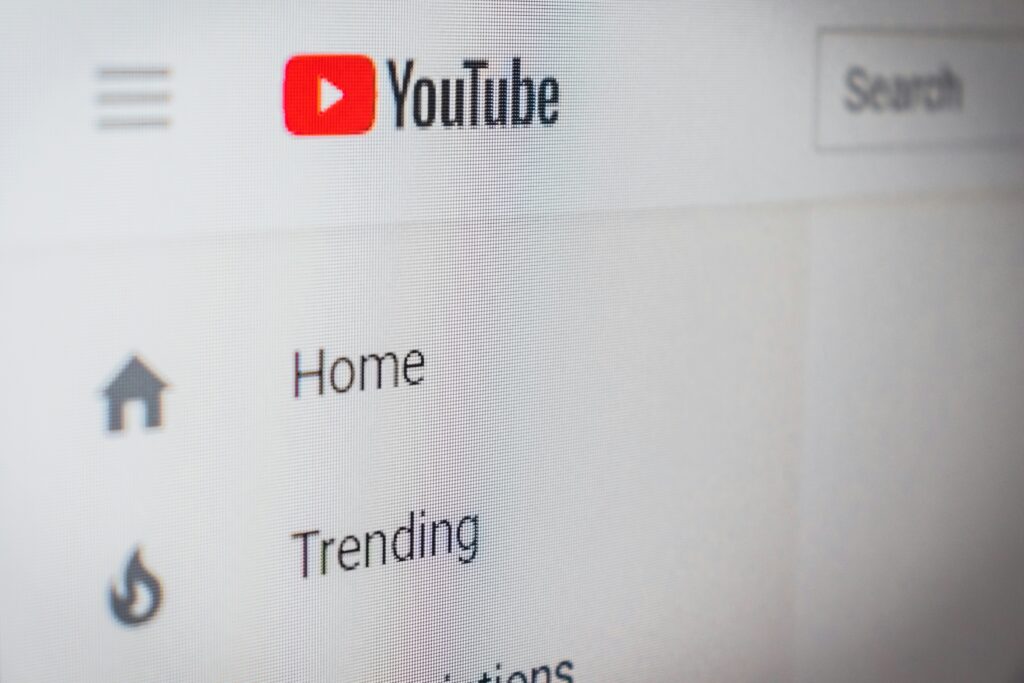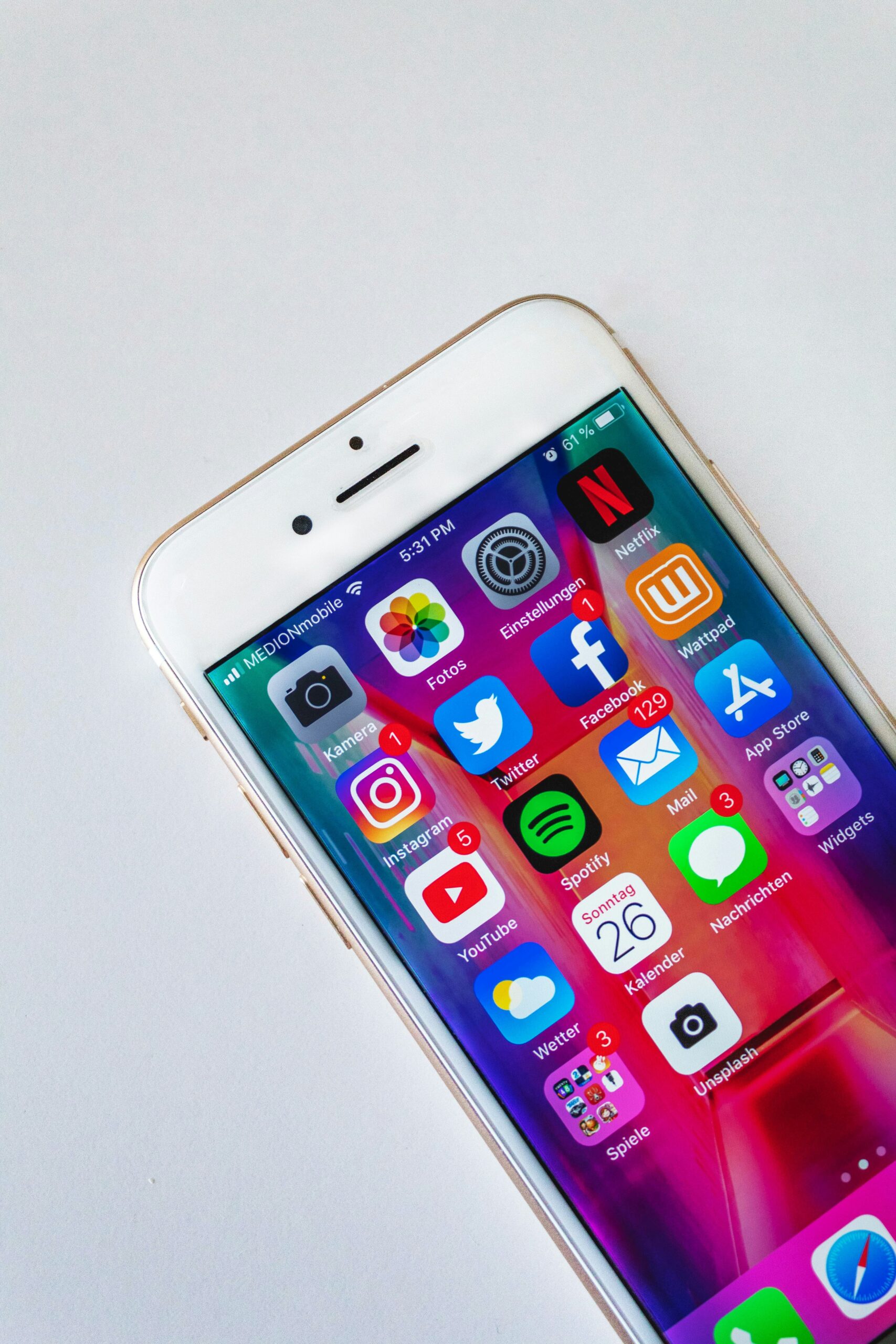Social media has become an integral part of daily life, connecting people globally and providing a never-ending stream of information. With so many platforms to choose from, it’s essential to understand the key differences between them to ensure you’re using the right one for your needs.
Choosing the best platform can be overwhelming due to the variety available, each with its own strengths and weaknesses. In this article, we’ll explore the major social media platforms—Facebook, Twitter, LinkedIn, Instagram, TikTok, YouTube, and Pinterest—and how their unique features can impact the success of your online content.
Top Social Media Platforms for Business
Whether you’re managing a personal account or a business, understanding the nuances of different social media platforms is crucial to making informed decisions. Let’s break down what makes each platform unique and how you can leverage them for your business.
1. Facebook

With over 2.9 billion monthly active users, Facebook is a powerhouse for both personal connections and business growth. It’s a versatile platform where individuals stay connected with family and friends, and businesses build brands, engage with customers, and promote events or products.
When posting on Facebook, it’s important to tailor your content to your audience. Include links, relevant details, and calls to action to drive engagement and traffic to your site.
Key Features:
- Broad demographics, appealing to a wide age range.
- Strong advertising tools for targeting specific audiences.
- Additional features like Facebook Groups and Marketplace for building communities and selling products.
2. X (Formerly Twitter)

Twitter stands out with its 280-character limit, encouraging concise and creative messaging. The platform thrives on real-time updates, making it ideal for sharing breaking news and engaging in public conversations.
Hashtags play a key role in Twitter’s culture, helping to categorize content and boost visibility. Understanding your audience and the context of your message is essential for maximizing engagement.
Key Features:
- Real-time updates and public conversations.
- Use of hashtags for content organization and visibility.
- Concise messaging with a focus on current events and trends.
3. LinkedIn

LinkedIn is the go-to platform for professionals seeking networking opportunities, job searching, and career advancement. Users create profiles resembling online resumes to showcase their skills, experience, and professional achievements.
Businesses can also benefit from LinkedIn by publishing thought leadership content, promoting services, and generating leads.
Key Features:
- Professional networking and recruitment focus.
- Emphasis on business-related content.
- Tools for companies to create pages, post jobs, and connect with niche audiences.
4. Instagram

Instagram is a visually-driven platform, popular for sharing high-quality images and videos. Known for its user-friendly mobile interface, Instagram is perfect for on-the-go content sharing.
Instagram Stories and Reels are standout features that allow users to create temporary or short-form video content, which is ideal for engaging audiences in a more creative and informal way.
Key Features:
- Visual content focus, with extensive photo and video editing tools.
- Popular among influencers and brands for visual storytelling.
- Instagram Stories and Reels for short-lived, engaging content.
5. TikTok

TikTok, one of the fastest-growing platforms, is known for its short-form video content. With an emphasis on creativity, TikTok is great for viral challenges, dances, and memes. Businesses can leverage TikTok for brand exposure by creating engaging videos and using trending hashtags.
Key Features:
- Short-form video content with a creative focus.
- Strong algorithm that suggests content based on user interests.
- Ideal for viral marketing and influencer collaborations.
6. YouTube

YouTube is often debated as either a social media platform or a video-sharing site, but it serves as both. Businesses can use YouTube to share long-form video content, such as tutorials, product reviews, or behind-the-scenes looks.
YouTube’s advertising options and vast user base make it an excellent platform for businesses aiming to reach a wide audience.
Key Features:
- Long-form video content with broad audience reach.
- SEO-friendly platform for video searches.
- Opportunities for monetization through ads and subscriptions.
7. Pinterest

Pinterest is a highly visual platform where users curate collections of images, videos, and GIFs around various themes. It’s an excellent tool for businesses focused on creative industries, as it allows them to visually showcase products, projects, and ideas.
Key Features:
- Image and video curation with a focus on inspiration and ideas.
- Strong appeal for DIY, fashion, and home decor brands.
- Opportunities for driving traffic to websites and e-commerce stores.
Conclusion: Choose the Right Platform for Your Business
Each social media platform offers unique benefits, depending on your goals and audience. Understanding these differences is key to developing a successful social media strategy. Whether you focus on Facebook’s broad audience, LinkedIn’s professional connections, or TikTok’s viral trends, integrating the right platforms can boost your online presence and engagement.
